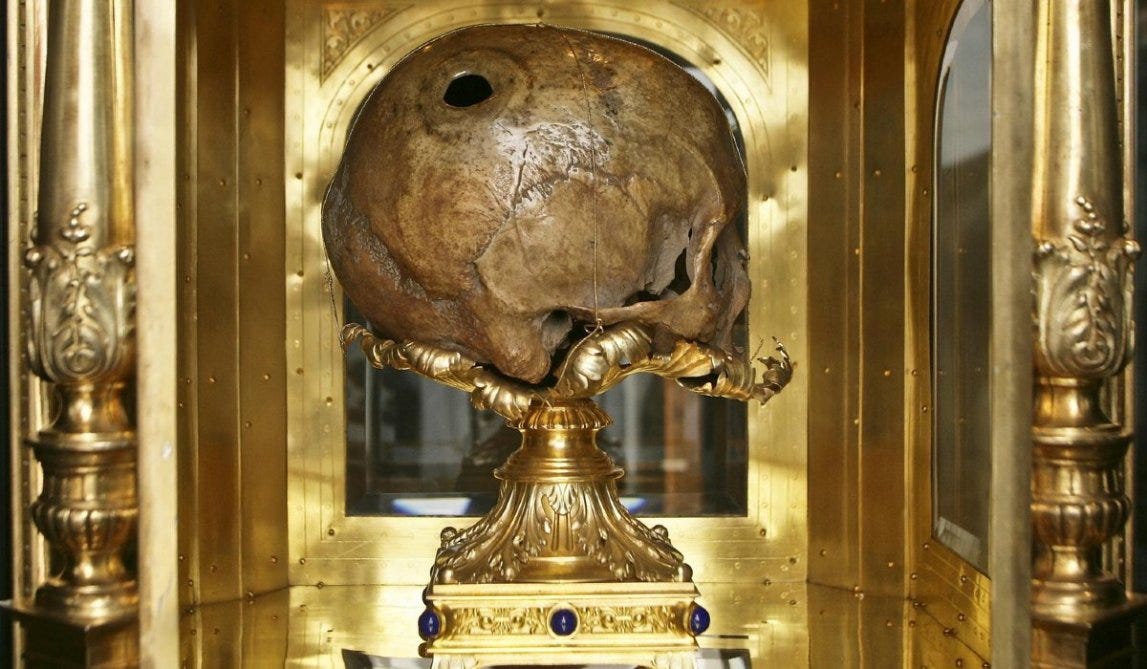Mont-Saint-Michel: The Resurrection of a Cultural Icon
A lesson in cultural preservation
Mont-Saint-Michel might be the most aesthetic place on earth.
It’s a cultural icon today, but at one point it served as a prison, and then was almost completely lost to history. How did such a beautiful symbol of Western civilization fall so far? And how was it restored to glory?
It’s story highlights the need to vigilantly guard our cultural heritage, and the potential consequences if we don’t…
Reminder: you can get tons of useful members-only content and support our mission for a few dollars per month 👇
Two full-length, new articles every single week
Access to the entire archive of useful knowledge that built the West
Get actionable principles from history to help navigate modernity
Support independent, educational content that reaches millions
Miraculous Origins
Mont-Saint-Michel is what’s called a tidal island—a piece of land that’s connected to the mainland via a causeway during low tide, while at high tide waters completely surround it, making it an island.
Situated off the coast of Normandy, France, it was nothing more than a rocky outcrop until the 8th century, when, according to legend, the archangel Michael appeared to Aubert, bishop of Avranches, instructing him to build a church on the mount.
The story goes that Michael appeared to Aubert three times before the bishop believed it was a true vision. On the last visit, the angel poked Aubert on the head in exasperation, leaving a hole in his skull — Aubert’s skull with a finger-sized hole can still be seen in the abbey today.
Soon after monks settled and the construction of the Romanesque abbey church began in 1023, the mount became a pilgrimage hotspot for the Christian West —believers sought out St. Michael’s intercession for spiritual protection.
The mount would be far from a quiet retreat for pilgrims and monastics, though. The chaotic waves of war and politics crashed into its rocky foundations throughout the coming centuries…
Keep reading with a 7-day free trial
Subscribe to Atlas Press to keep reading this post and get 7 days of free access to the full post archives.




